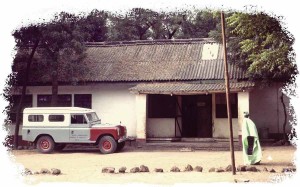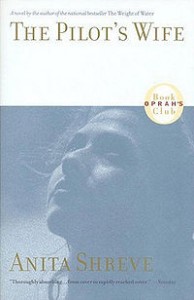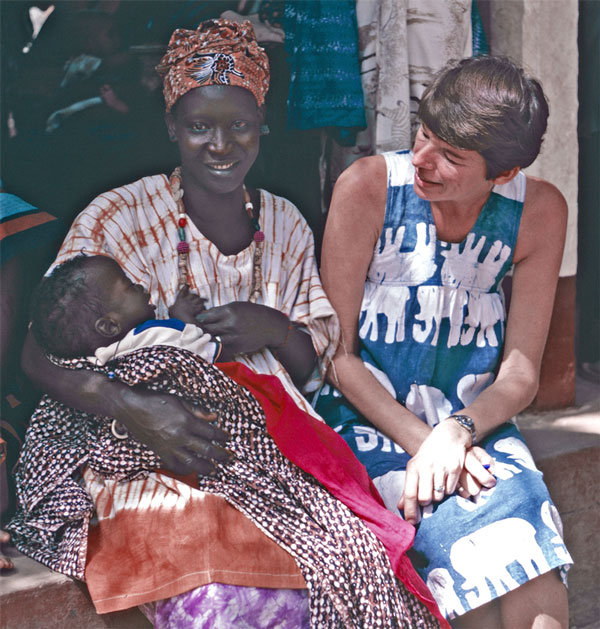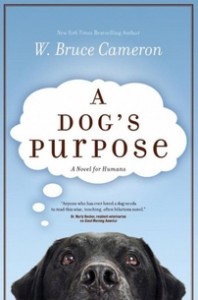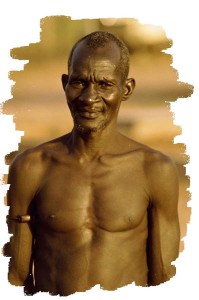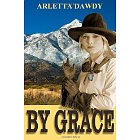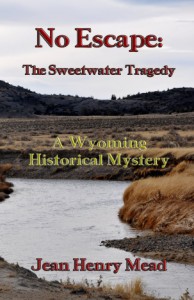 In 1973, when Joyce Burke drives her 1967 Volkswagen from Chicago to Yellowstone National Park, she is thrilled with the freedom of the open road, yet apprehensive about leaving all that is familiar, her family and a fiance. She has accepted a seasonal job at the park, knows no one and doesn’t even know for sure what her job will be, other than the vague description Food and Beverage Clerk. During the peak of the park season, Yellowstone employs 1,500 people. Would she fit in?
In 1973, when Joyce Burke drives her 1967 Volkswagen from Chicago to Yellowstone National Park, she is thrilled with the freedom of the open road, yet apprehensive about leaving all that is familiar, her family and a fiance. She has accepted a seasonal job at the park, knows no one and doesn’t even know for sure what her job will be, other than the vague description Food and Beverage Clerk. During the peak of the park season, Yellowstone employs 1,500 people. Would she fit in?
As she drives further west, her initial exuberance and confidence are challenged–her car isn’t running quite right, she’s weary, a little homesick, and wonders if she’s doing the right thing. But, she sticks with her plan. She arrives amidst the confusion of new arrivals getting their work and housing assignments.
Joyce meets her roommate and together they explore. In time they become friends with others in their same situation. They name themselves “Yellowstone Savages” and find joy in this great park with its abundance of wildlife and rugged scenery.
Author Lohse does an outstanding job of bringing the reader into her life as a fledgling in unfamiliar territory, developing into a woman of confidence and compassion. She’s game to try new things, but retains her basic values. She experiences true, lasting friendships, is given additional responsibilities at work, and learns first-hand about the beautiful but fragile life cycle of wildlife and the wonder of the spectacular landscape of Yellowstone.
I highly recommend A Yellowstone Savage: Life in Nature’s Wonderland. Lohse’s experience makes a fascinating read. This e-version is the 25th Anniversary Revised Edition and contains pictures the original book did not have. It took courage to do what the author did, and courage to write about her experiences with such honesty. The book offers great insight into Yellowstone, America’s first national park, and the behind-the-scenes stories of what it takes to maintain it.


